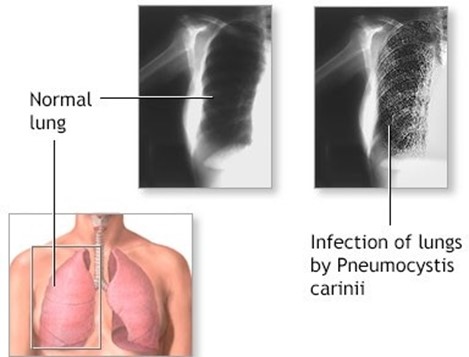Subjective data provided by the client included complaints of intermitent chest pain upon exertion. When performing a complete physical examination, the nurse might use an organized approach such as which of the following? (Select all that apply)
Maslow’s hierarchy of needs
A head-to-toe assessment
Subjective data collection
Review of systems
Correct Answer : B
Choice A reason: Maslow’s hierarchy of needs is a framework for prioritizing human needs, but it is not an organized approach for performing a physical examination. A physical examination should be systematic and comprehensive, not based on subjective preferences or assumptions. Therefore, this choice is incorrect.
Choice B reason: A head-to-toe assessment is an organized approach for performing a physical examination that covers all the major body systems and regions. It allows the nurse to identify any abnormalities or changes in the client’s health status and to document the findings in a consistent manner. Therefore, this choice is correct.
Choice C reason: Subjective data collection is the process of obtaining information from the client about their symptoms, feelings, beliefs, and preferences. It is an important part of the nursing assessment, but it is not an organized approach for performing a physical examination. A physical examination requires objective data collection, which involves observing, measuring, and testing the client’s physical signs. Therefore, this choice is incorrect.
Choice D reason: Review of systems is an organized approach for performing a physical examination that focuses on each body system separately and asks specific questions related to its function and problems. It helps the nurse to elicit relevant information from the client and to detect any abnormalities or deviations from normal. Therefore, this choice is correct.
Nursing Test Bank
Naxlex Comprehensive Predictor Exams
Related Questions
Correct Answer is C
Explanation
Choice A reason: This is incorrect because placing soiled linens in the dirty linen receptacle can expose other clients and staff to the hepatitis virus, which can be transmited through blood and body fluids.
Choice B reason: This is incorrect because placing soiled linens on the floor can create a safety hazard and a potential source of infection for anyone who comes in contact with them.
Choice C reason: This is correct because placing soiled linens in a plastic bag that has the contamination symbol can prevent the spread of infection and alert the laundry department to handle them with caution.
Choice D reason: This is incorrect because placing soiled linens in the hazardous waste receptacle can waste resources and violate the regulations for disposing of hazardous materials.
Correct Answer is D
Explanation
Choice A reason: Symptoms are subjective data that are reported by the client, such as pain, nausea, or fatigue. They are not observable or measurable by the nurse, and they may vary depending on the client’s perception or expression. The data that the PN discovered are not symptoms, but objective data that are observed or measured by the nurse, such as skin condition, oral mucus membranes, and temperature. Therefore, this choice is incorrect.
Choice B reason: Urinary retention is a condition in which the client is unable to empty the bladder completely or at all. It can cause symptoms such as difficulty or pain in urinating, frequent or urgent urination, or abdominal distension. It can also lead to complications such as infection, kidney damage, or bladder rupture. The data that the PN discovered are not related to urinary retention, but to dehydration or fever. Therefore, this choice is incorrect.
Choice C reason: Signs of fluid overload are objective data that indicate excess fluid in the body, such as edema, weight gain, crackles in the lungs, or elevated blood pressure. They can result from conditions such as heart failure,
kidney failure, or liver cirrhosis. The data that the PN discovered are not signs of fluid overload, but signs of fluid deficit or heat stroke. Therefore, this choice is incorrect.
Choice D reason: Data clustering is a process of grouping related data together to form a meaningful patern that can support a nursing diagnosis. It can help the nurse to identify the client’s problems, needs, or risks, and to prioritize and plan interventions accordingly. The data that the PN discovered are an example of data clustering, as they represent a patern of signs that indicate a possible problem such as dehydration or fever. Therefore, this choice is correct.

Whether you are a student looking to ace your exams or a practicing nurse seeking to enhance your expertise , our nursing education contents will empower you with the confidence and competence to make a difference in the lives of patients and become a respected leader in the healthcare field.
Visit Naxlex, invest in your future and unlock endless possibilities with our unparalleled nursing education contents today
Report Wrong Answer on the Current Question
Do you disagree with the answer? If yes, what is your expected answer? Explain.
Kindly be descriptive with the issue you are facing.
